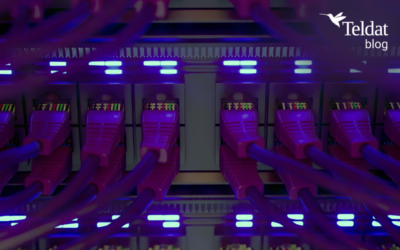Why has visualization of applications over network become such a critical point?

Secondly, far more applications (both corporate and personal) are in circulation today than a few years ago. Said applications have not, in general, been designed with bandwidth optimization in mind and all have different needs and behaviors. This means some applications can (and do) adversely affect others if the network is incapable of applying different policies to prevent this.
The vast majority of applications use http and https for communication mainly to evade, or minimize, possible negative effects arising from security policies or IP addressing (NAT) over the network. This means the transport layer (TCP or UDP port) is unable to adequately identify network applications as they tend to use the same ports (http 80 and https 443).
To further aggravate the problem, companies must provide connectivity to an enormous array of ‘authorized’ local devices. Remote local networks today, unlike the traditional single terminal of yesterday, are more varied and far less controlled: Wireless offices, guest access, home access, BYOD, IoT etc. Consequently, the difficulties in analyzing traffic, caching systems and CND also escalate
Finally this greater diversity increases security risks: viruses, malware, bots, etc. These, in turn, tend to generate “uncontrolled” network traffic that needs to be detected and characterized. At this point, the close link between visibility and security at the network level raises its head (with all its repercussions and analysis), a subject that we’ll tackle another day.
Conclusión
The above points make it very clear that analyzing network traffic has become more and more intricate over the last few years, boosting the need for new tools with greater capacity. Otherwise, we simply won’t know what is going through our network, placing it not only at risk but unnecessarily increasing its upkeep. Given the tremendous amount of information handled, using tools that are able to intelligently filter the information received and provide high level of granularity in analysis and reports is absolutely essential. It’s here where big data analysis technologies bring huge advantages when compared to traditional tools.
Well aware of this recent difficulty, users need application visibility and control solutions to meet these new needs.
- Said solutions must be able to scale down to small and medium corporate offices, and offer a sound compromise between CPU requirements (cost), needed for DPI (Deep Packet Inspection), and number of detected applications (customer service and quality of application detection).
- Integrating intelligent detection in remote routers and the use of a centralized management tool, versus current market solutions based on proprietor remote point polling and hardware appliances (also proprietor), allows for excellent detection granularity and affordable exploitation, scalable to any size of network.
- Instead of opting for proprietor solutions, it’s crucial to use suppliers who adopt standard protocols to communicate visibility information (Netflow / IPFIX for example). This allows customers to use their own information collection methods if they so wish.
As part of its access routers and management tool, Colibri Netmanager, Teldat offers visibility and control solutions for network applications capable of meeting the aforementioned market needs.

























